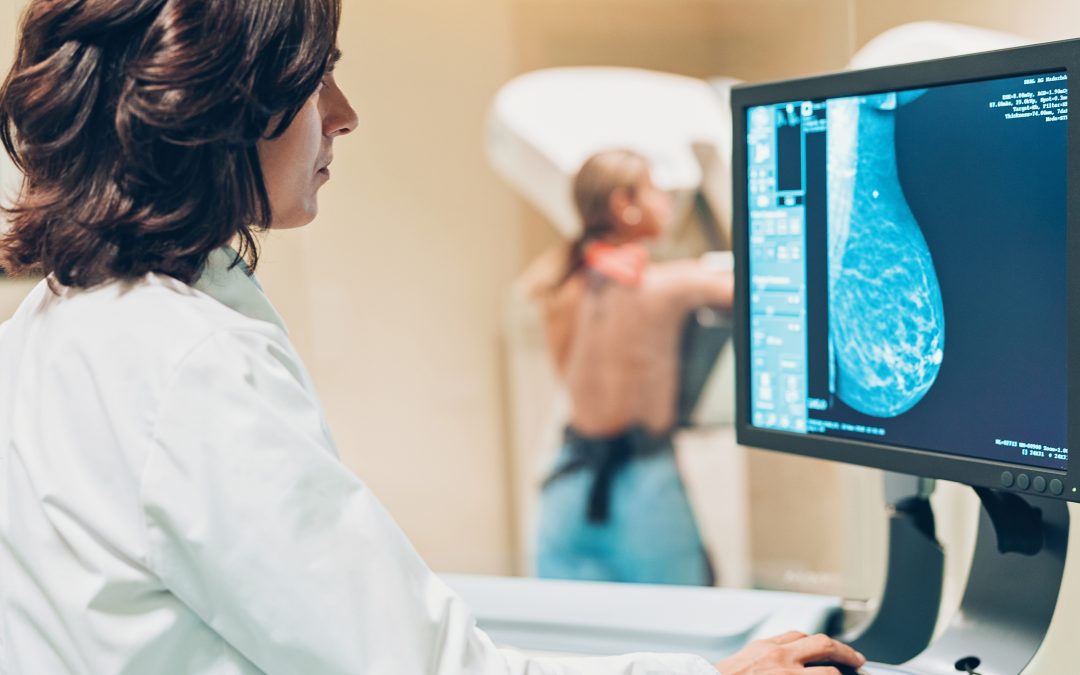Breast cancer is a disease that affects millions of women worldwide. It is a diagnosis that can bring fear and uncertainty, but it is important to remember that early detection can save lives. At Gault Surgery, we believe in the power of knowledge and awareness when it comes to breast cancer. In this blog, we will discuss the importance of early detection, how it can significantly impact outcomes, and the steps you can take to detect breast cancer at its earliest stage.
Understanding Breast Cancer
Before diving into the significance of early detection, let’s first understand what breast cancer is. Breast cancer occurs when abnormal cells in the breast grow and divide uncontrollably. These cells can form a tumour, which may be felt as a lump or seen on a mammogram.
Understanding the Stages of Breast Cancer:
Breast cancer is categorised into different stages based on the size of the tumour, its spread to nearby lymph nodes, and its metastasis (spread) to other parts of the body. The stages range from 0 to IV, with higher stages indicating more advanced disease. Here is a brief overview of the different stages
Stage 0: (Ductal Carcinoma in Situ): The cancer cells are confined to the lining of the milk ducts and have not invaded surrounding tissue.
Stage I: The tumour is small and remains localized within the breast tissue, showing no spread to the lymph nodes.
Stage II: The tumour is still confined to the breast but may have grown larger or spread to nearby lymph nodes.
Stage III: The cancer has grown larger and may have spread to nearby lymph nodes or tissues but has not yet reached distant organs.
Stage IV: The cancer has spread beyond the breast and nearby lymph nodes to other organs of the body, such as the lungs, bones, liver, or brain.
Why Early Detection Matters
Australia’s Standing in the Global Landscape:
Within the global scenario, Australia has been on the forefront in prioritising breast cancer awareness, prevention, and early detection. With a well-established healthcare system, Australia has made significant strides in promoting screenings, funding research, and providing accessible treatment options. Breast cancer remains the most common cancer diagnosed in Australian women, with approximately 20,000 new cases detected each year. However, the relative survival rates in Australia are quite high, indicating the effectiveness of early detection and advanced treatment strategies.
The Australian National Breast Cancer Screening Program:
Australia’s commitment to early detection is evident through the National Breast Cancer Screening Program. This program provides free mammography screening every two years for women aged 50-74 to detect breast cancer at an early stage when treatment is most effective. The program has played a crucial role in improving breast cancer outcomes and survival rates in Australia.
Outcomes of early detection include:
Increased Treatment Options:
When breast cancer is detected early, there are often more treatment options available. This allows for a personalised and targeted approach that can yield better results.
Improved Survival Rates:
Early detection of breast cancer increases the chances of survival as women who detect the disease early have better treatment options. According to Cancer Australia, the five-year relative survival rate for women with breast cancer in Australia is 91%[1].
Less Aggressive Treatment:
Detecting breast cancer early may reduce the need for aggressive treatments like chemotherapy or mastectomy. This means less physical and emotional burden on patients and their families.
Increased Quality of Life:
Early detection not only improves survival rates but also enhances the overall quality of life. Treatment can be more manageable when started early, reducing the risk of complications and side effects.
How to Detect Breast Cancer Early
Now that we understand the significance of early detection let’s explore the methods available for detecting breast cancer at its earliest stage:
Breast Self-Exams: Regularly performing breast self-exams allows you to become familiar with the normal look and feel of your breasts. If you notice any changes, such as lumps, swelling, dimpling, or nipple changes, it’s important to consult with a healthcare professional promptly.
Clinical Breast Exams: Scheduling regular clinical breast exams with a healthcare provider is essential. They have the expertise to detect any abnormalities that you may have missed during self-exams.
Mammograms: Mammograms are X-ray images of the breast and are the gold standard for breast cancer screening. Breast Screen Australia advises women to start bi-annual mammograms at the age of 40 or earlier if there is a family history or high-risk factors.
Genetic Testing: For individuals with a family history of breast cancer, genetic testing may be recommended. This can help identify specific genetic mutations that increase the risk of developing breast cancer, allowing for proactive measures to be taken.
In summary, early detection is crucial in the battle against breast cancer. Detecting breast cancer early increases the chances of successful treatment, better outcomes, and improved survival rates. Australia’s efforts in promoting early detection and prioritising breast cancer research and treatment have made a positive impact. Nonetheless, it is essential that we continue to prioritise early detection, raise awareness, and support ongoing research efforts to improve outcomes and save lives.
Breast cancer diagnosis can be overwhelming, not just for patients but also for their families and caregivers. It is important to provide emotional support, resources, and guidance throughout the journey. Gault Surgery is dedicated to providing comprehensive care, not just in terms of medical expertise but also emotional well-being.
Remember, you are not alone in this battle against breast cancer. Reach out to your healthcare provider for regular screenings, educate yourself about breast health, and lean on your support system for strength. Together, we can conquer breast cancer through early detection and continued support.

